A recent special issue in The Journal of Chemical Physics highlights PNNL’s contributions to developing two prominent open-source software packages for computational chemistry used by scientists around the world.
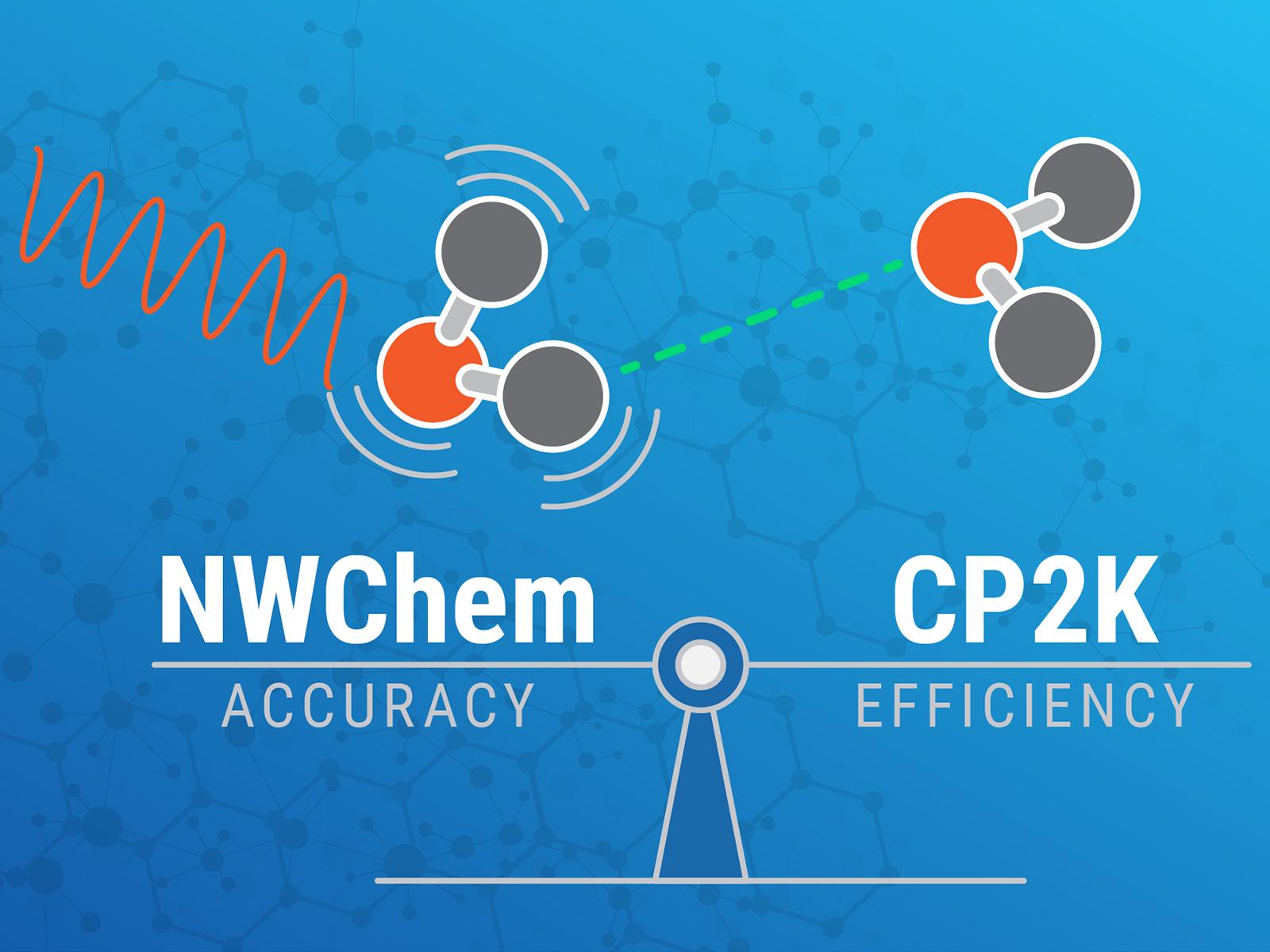
news, journals and articles from all over the world.

A recent special issue in The Journal of Chemical Physics highlights PNNL’s contributions to developing two prominent open-source software packages for computational chemistry used by scientists around the world.

Every successful experiment at the Advanced Photon Source relies on the knowledge and skills of the beamline scientists who enable the research. What makes a good beamline scientist? Four of them weigh in.
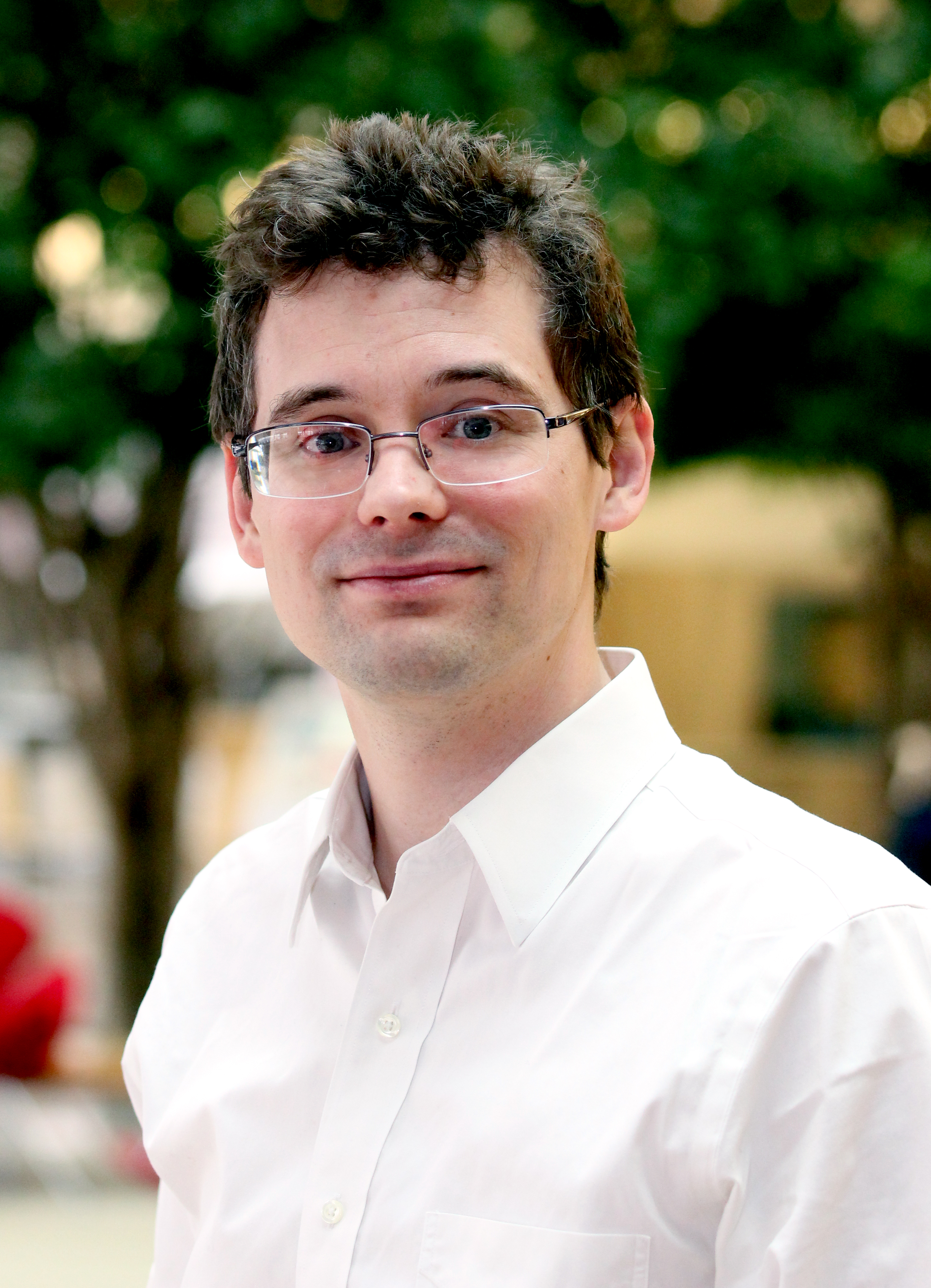
Daniel Frederickson, a professor in the Department of Chemistry at the University of Wisconsin-Madison, is studying metallics to develop strategies for creating new materials able to merge different functional domains at the nanometer scale.
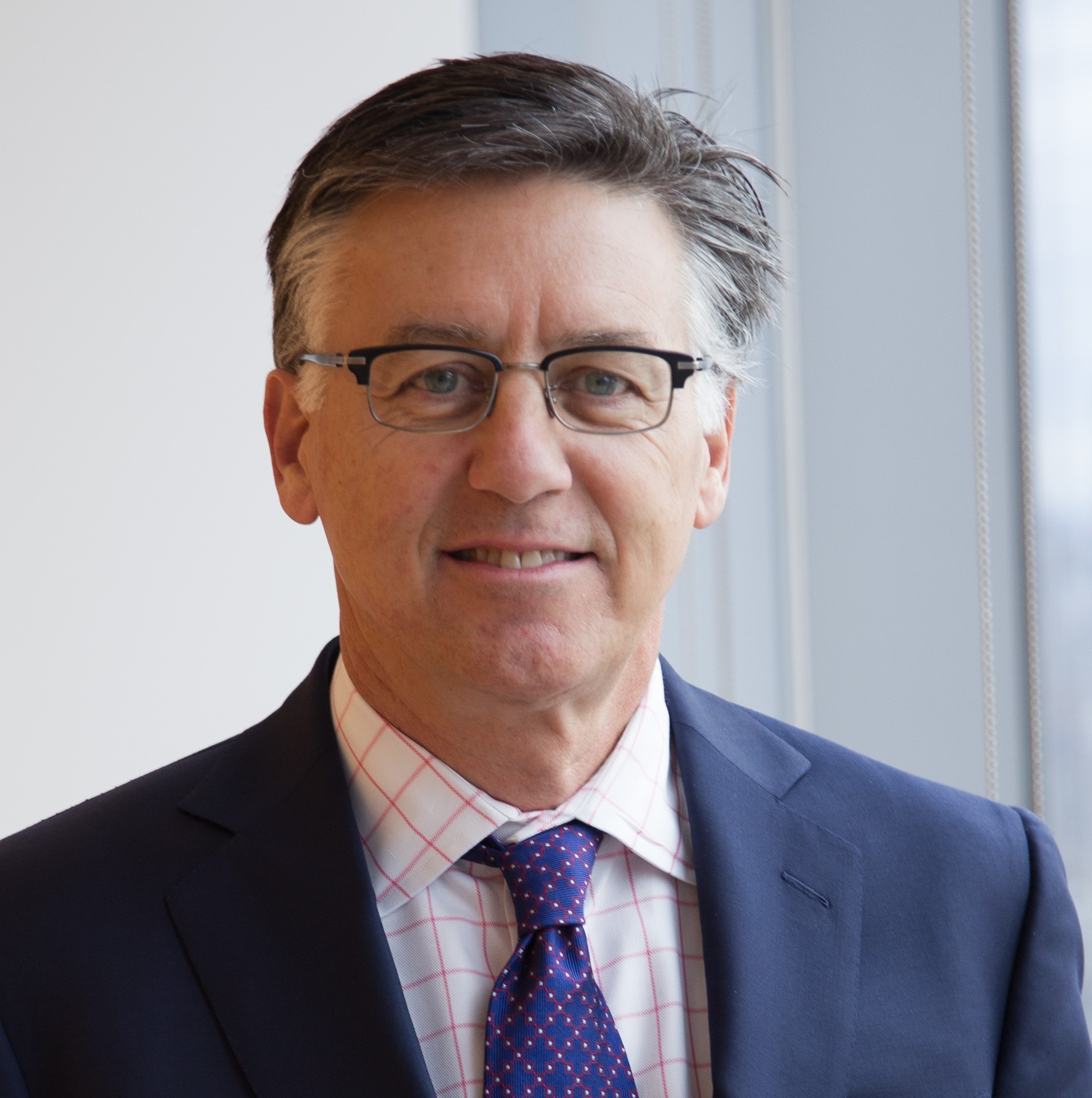
H. Scott Walter succeeds Henry C. Walter as President of the Board of Directors of the Dreyfus Foundation.
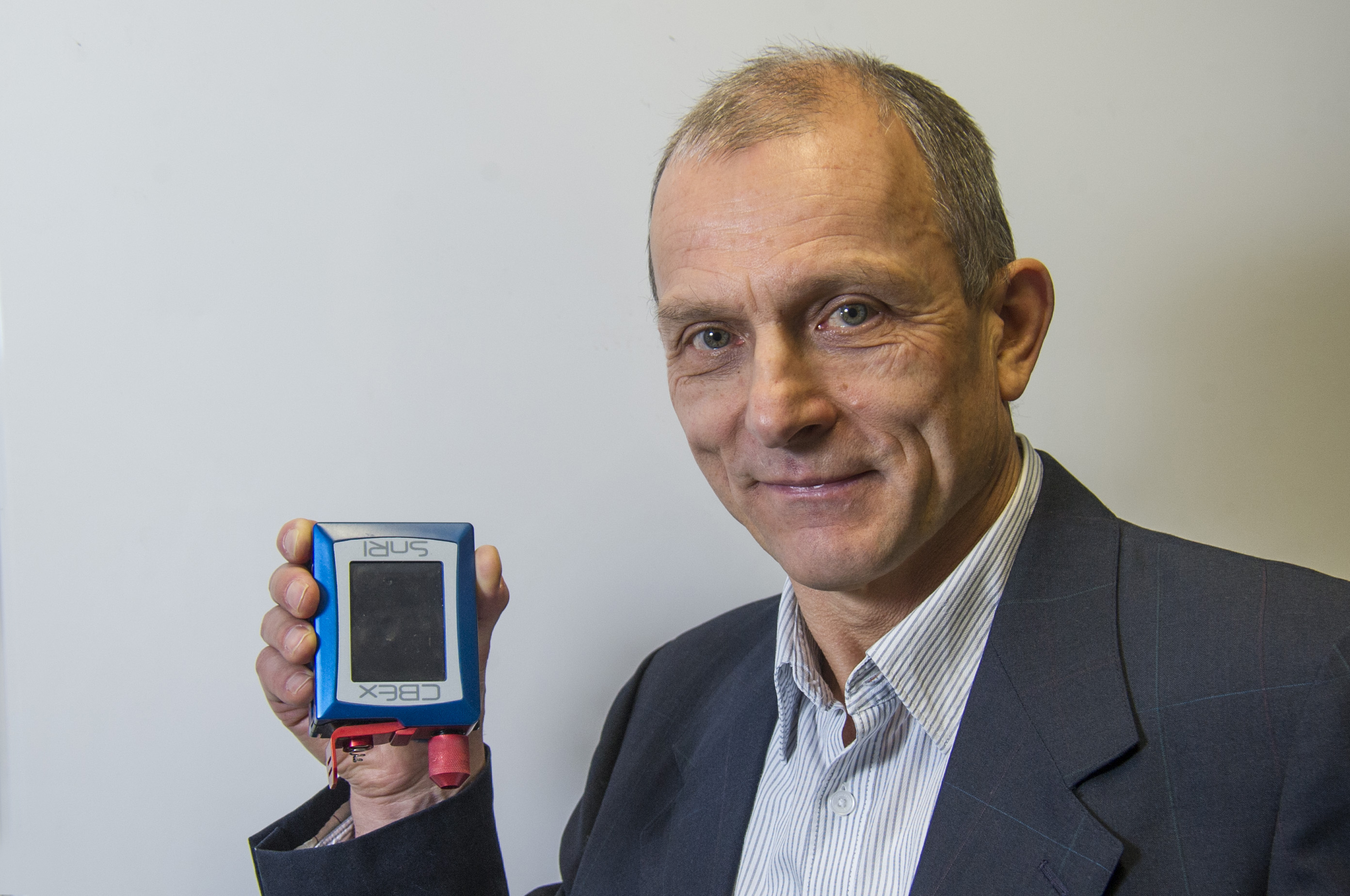
New research published by forensic chemist Igor Lednev could soon offer law enforcement another valuable crime scene tool – a quick and accurate way to distinguish human blood from animal blood.
Thinking like Earthlings may have caused scientists to overlook the electrochemical effects of Martian dust storms. On Earth, dust particles are viewed mainly in terms of their physical effects, like erosion. But, in exotic locales from Mars to Venus to Jupiter’s icy moon Europa, electrical effects can affect the chemical composition of a planetary body’s surface and atmosphere in a relatively short time, according to research from Washington University in St. Louis.
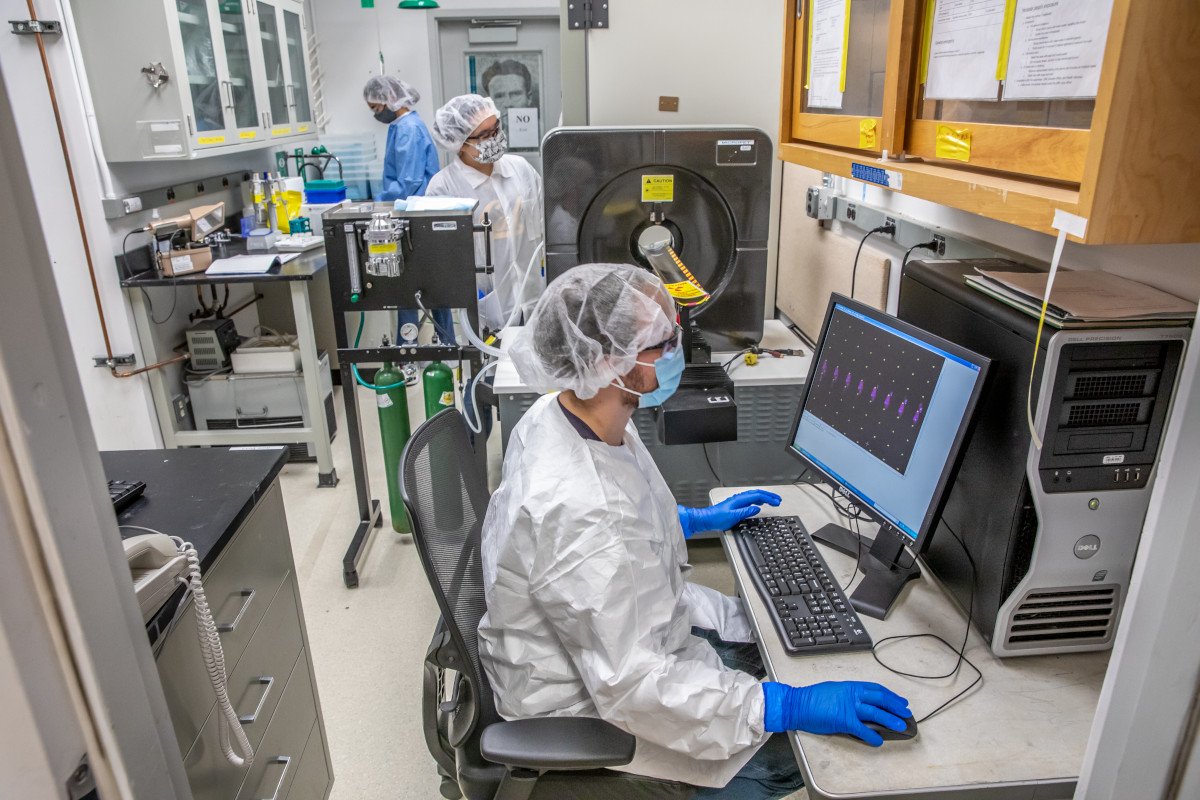
Researchers from Berkeley Lab and Los Alamos National Laboratory have developed new methods for the large-scale production, purification, and use of the radioisotope cerium-134, which could serve as a PET imaging radiotracer for a highly targeted cancer treatment known as alpha-particle therapy.
Michael Gross, professor of chemistry in Arts & Sciences and of immunology and internal medicine at the School of Medicine, and his team are experts in footprinting proteins. By sharing their method for fast photochemical oxidation of proteins (FPOP), a means of protein footprinting, they hope to support other labs in developing broader applications of FPOP to better address outstanding questions in structural biology.
Chemist Meredith Jackrel studies protein misfolding and how it leads to disease. She is collaborating engineers to develop amyloid-inspired vaccine technologies specifically tailored for seniors. The approach could be relevant to COVID-19 as the elderly are particularly susceptible to its severe complications.
The prestigious prize for 2019-2020 goes to Professor Joseph DeSimone of Stanford University for significant contributions to materials science, chemistry, polymer science nano medicine, and 3D printing; and to Professor Raphael Mechoulam of the Hebrew University of Jerusalem for the discovery of the active molecules in cannabis

A new report outlines future research paths that are needed for airlines to reduce carbon emissions and notes that the only way to achieve emission reduction goals is with Sustainable Aviation Fuels.
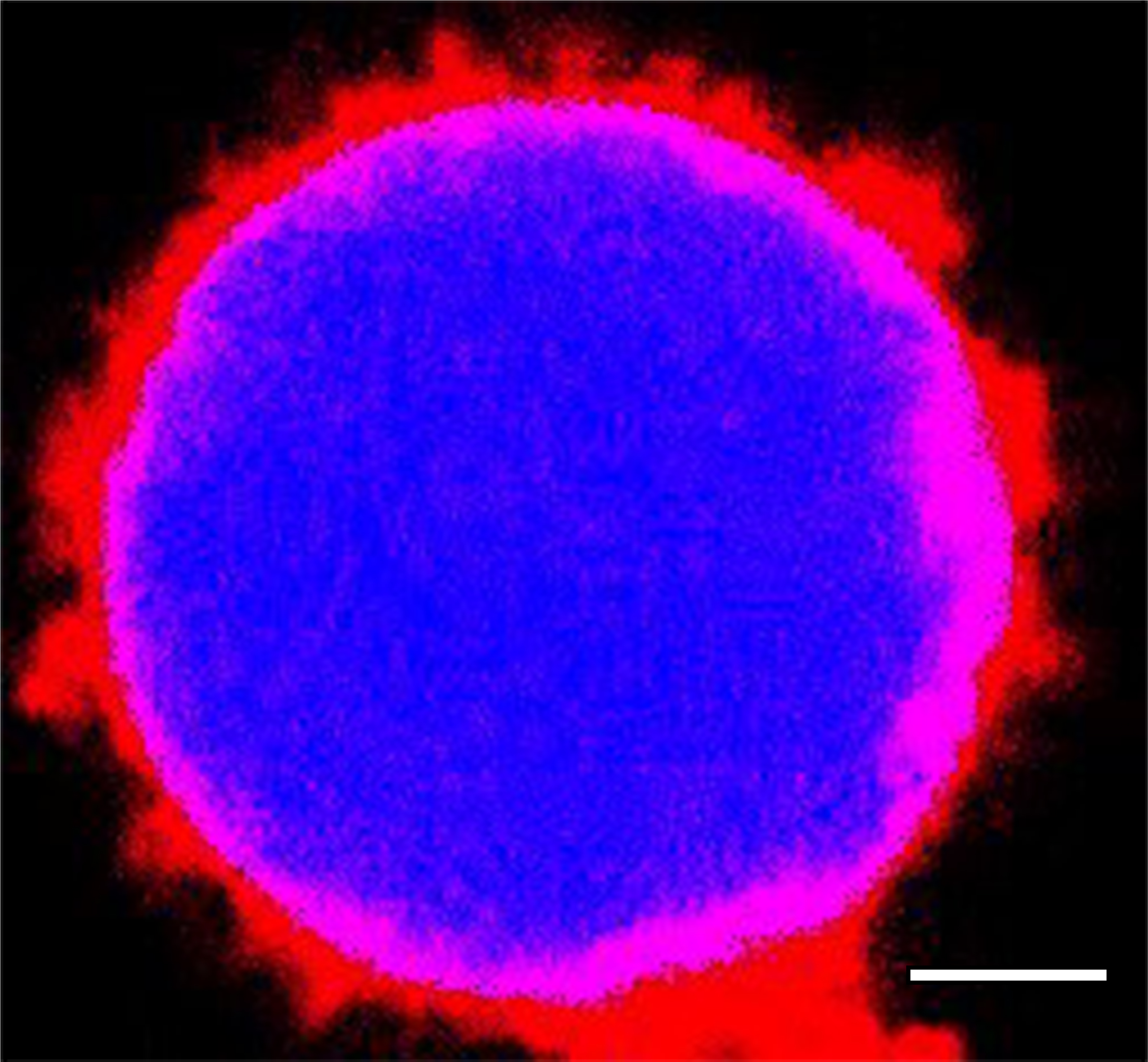
In a new study published today in Nature Chemistry, Professor Stephen Mann and Dr Mei Li from Bristol’s School of Chemistry, together with Associate Professor Jianbo Liu and colleagues at Hunan University and Central South University in China, prepared synthetic protocells coated in red blood cell fragments for use as nitric oxide generating bio-bots within blood vessels.
AIP Publishing is pleased to announce the launch of Chemical Physics Reviews and publication of the first articles from their latest journal. The focus for CPR will include experimental and theoretical research in fundamental issues in chemical physics alongside its applications in other branches of science, medicine, and engineering. Its scope will include areas such as material surfaces and interfaces, dynamics in chemical processes, polymers and soft matter, environmental and green chemistry, and energy storage and conversion.
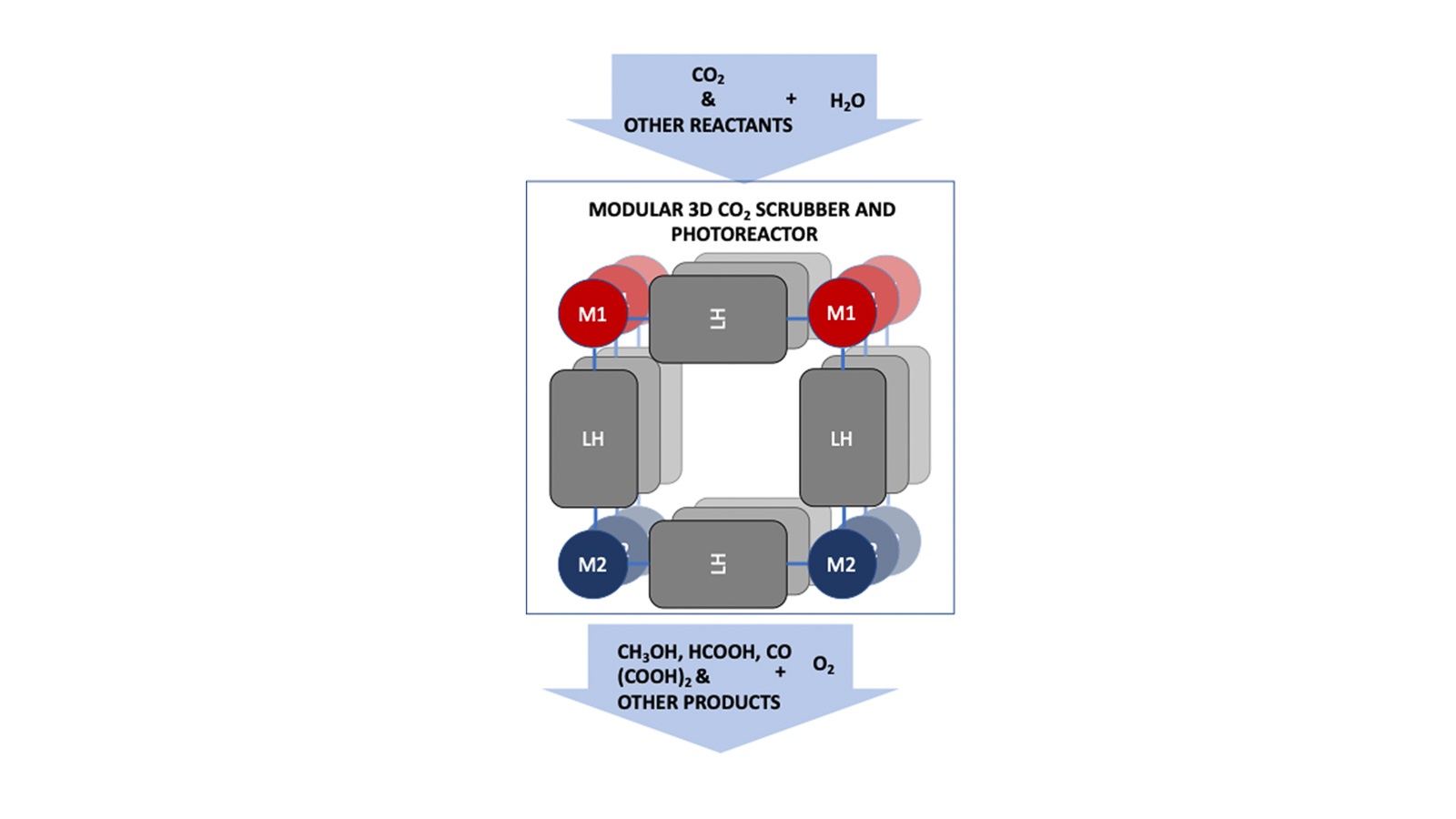
Argonne National Laboratory and SLAC National Accelerator Laboratory will receive $4.5 million over three years for research aimed at capturing carbon dioxide directly from air and converting it to useful products by artificial photosynthesis.
The joint international 239th ECS Meeting and 18th International Meeting on Chemical Sensors (IMCS) is now accepting abstract submissions. The Electrochemical Society (ECS) is the established global leader in electrochemical and solid state science and technology and allied subjects. The Society’s meetings are the premier venue for presenting, sharing, exchanging, and learning about the latest, most innovative, and relevant research and scientific and technical developments in these fields.
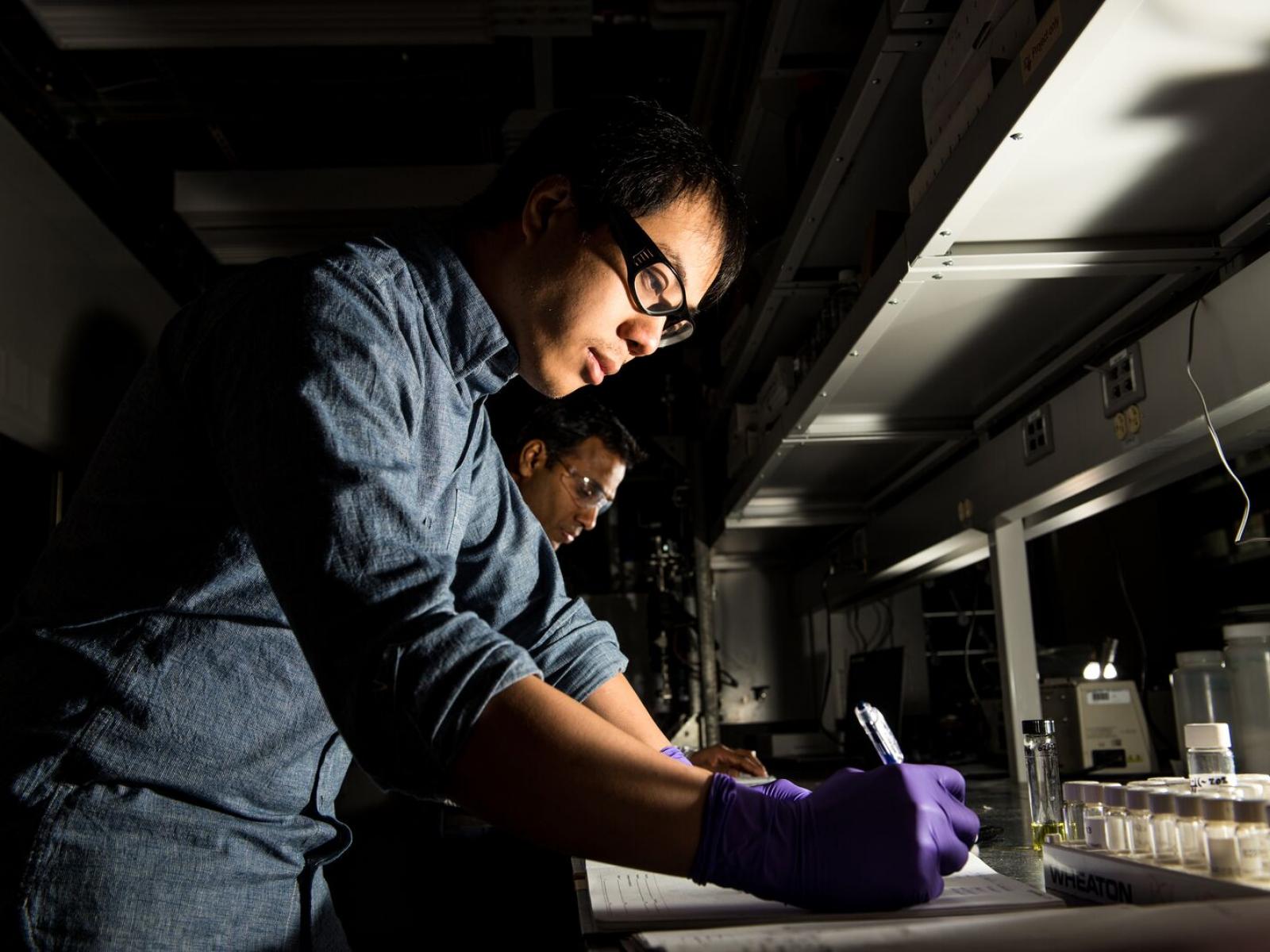
Scientists have developed a novel catalyst that converts pure ethanol into a highly valued class of alcohols that can serve as building blocks for everything from solvents to jet fuel.

Scientists have developed a new way to decipher the atomic-level structure of materials based on data gleaned from ground-up powder samples. They describe their approach and demonstrate its ability to solve the structure of a material that shows promise for shuttling ions through sodium-ion batteries.
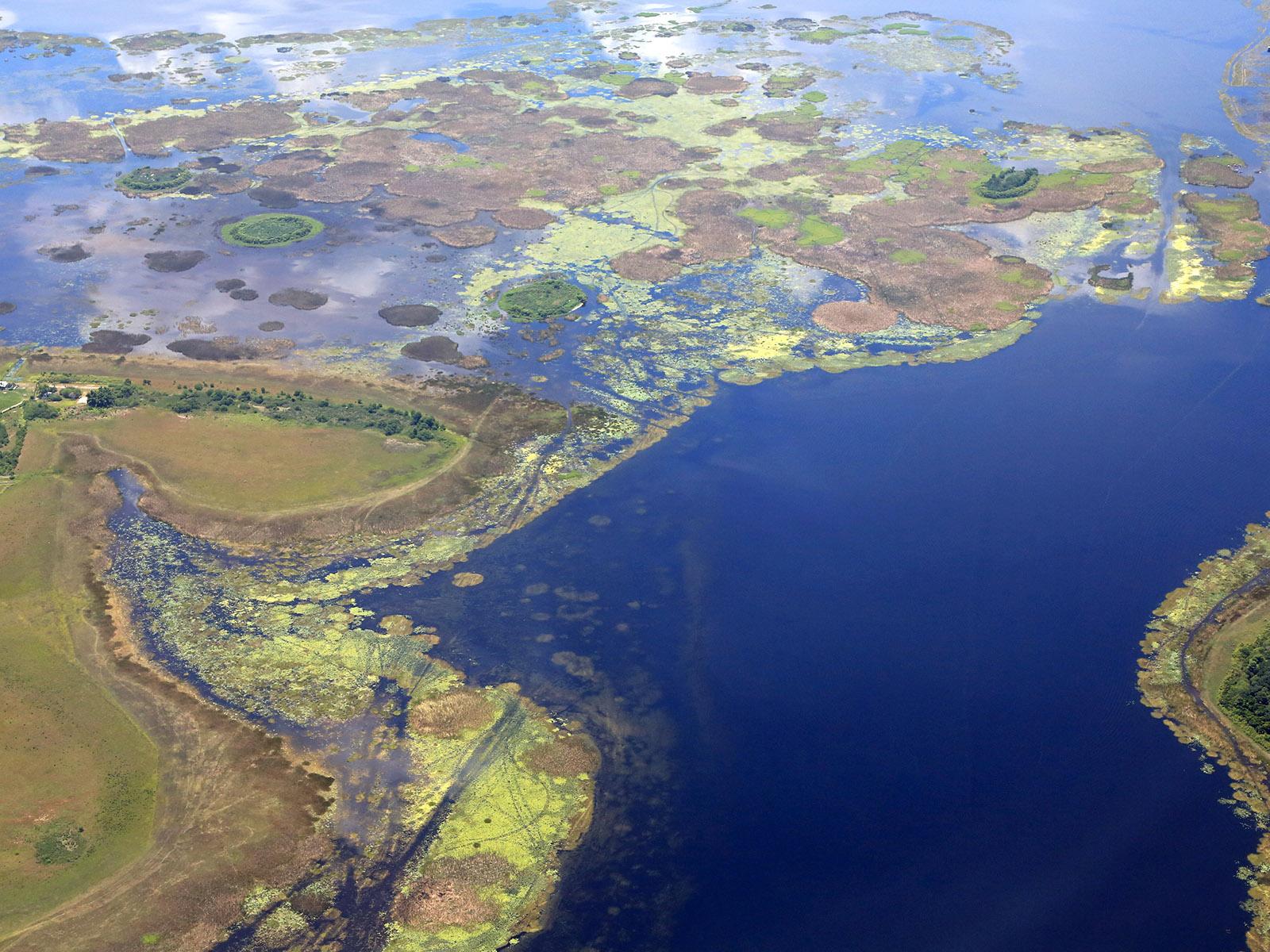
PNNL researchers are contributing expertise and hydrothermal liquefaction technology to a project that intercepts toxic algae blooms from water, treats the water, and concentrates algae for transformation to biocrude.
An associate professor of chemistry in the College of Arts and Sciences at Creighton University, has been selected as a 2020 Henry Dreyfus Teacher-Scholar.
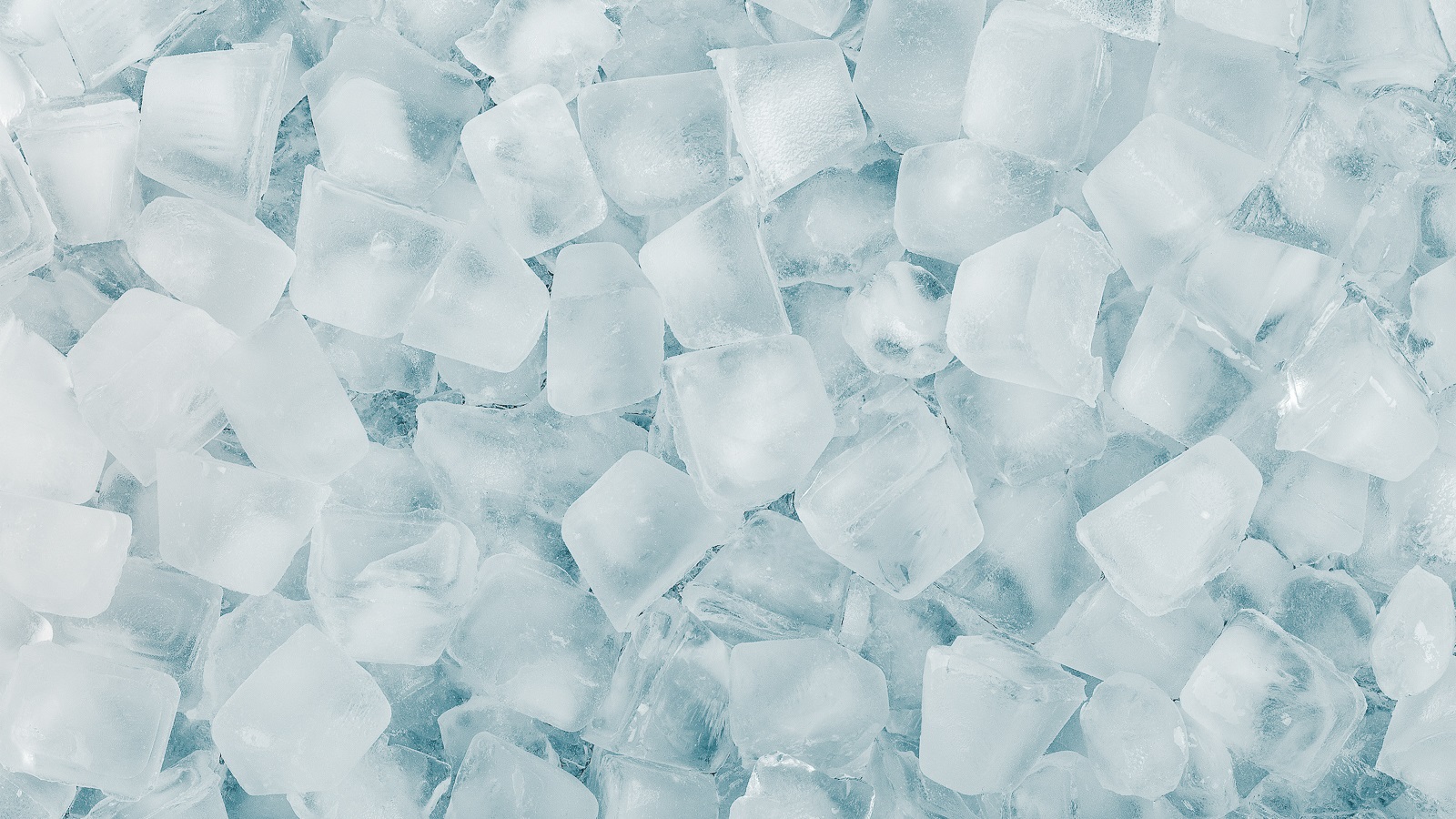
Argonne researcher Daniel Moberg has won a 2019 Cozzarelli Prize, awarded to the top scientific papers published in the Proceedings of the National Academy of Sciences.
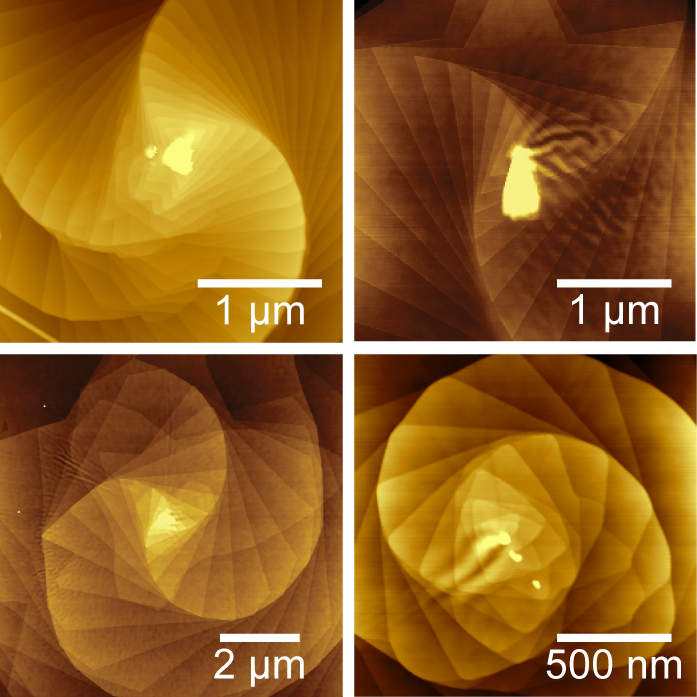
Scientists at the University of Wisconsin–Madison have discovered a way to control the growth of twisting, microscopic spirals of materials just one atom thick. The continuously twisting stacks of two-dimensional materials built by a team led by UW–Madison chemistry Professor Song Jin create new properties that scientists can exploit to study quantum physics on the nanoscale.
UB’s Eva Zurek, a theoretical chemist, is an expert on high-pressure chemistry and the search for superconductors BUFFALO, N.Y. — After decades of hunting, scientists recently announced the discovery of a room-temperature superconductor — an elusive material that conveys electricity with…
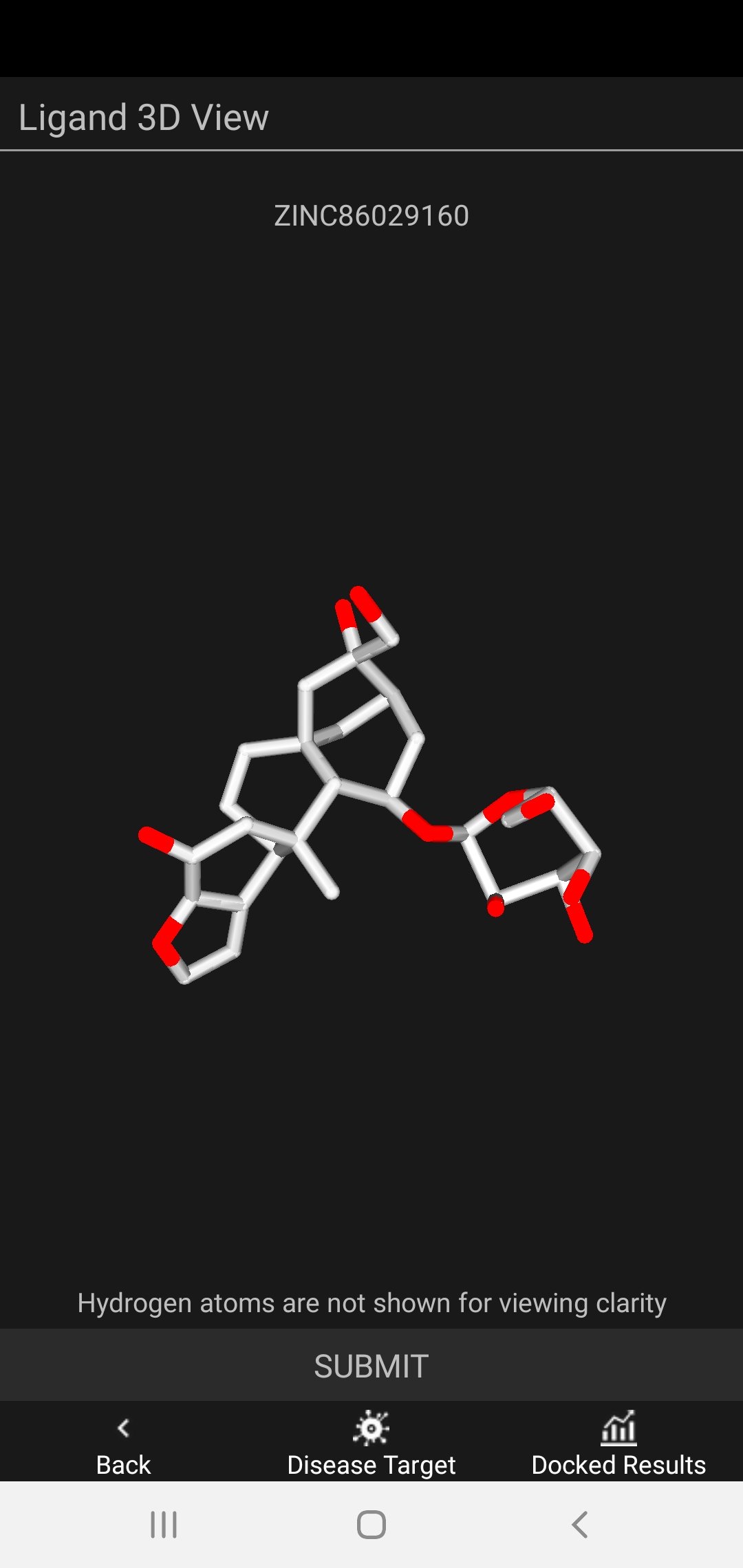
Anyone with a smartphone can download the app ViDok, which lets users pick from a library of molecules that might bind to key proteins on the SARS-CoV-2 virus, which causes COVID-19, and then can tweak the molecules to try to find a better fit.
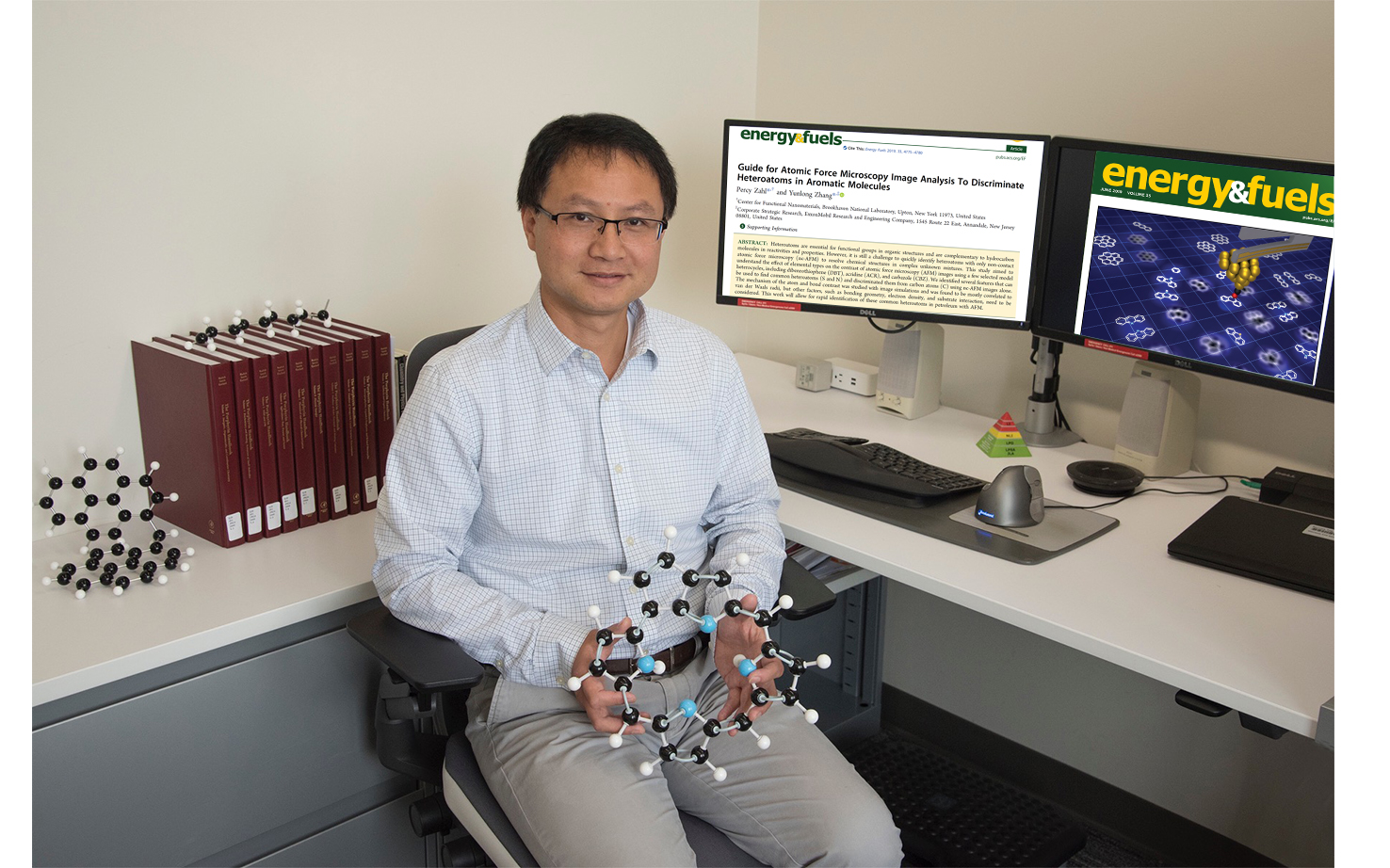
ExxonMobil chemist and user of Brookhaven Lab’s Center for Functional Nanomaterials (CFN) Yunlong Zhang is characterizing molecules in petroleum with high-resolution atomic force microscopy.

In celebration of National Nanotechnology Day, Molecular Foundry Director Kristin Persson explains atomic-scale engineering at four different levels – for a kindergartner, a middle schooler, a high school senior, and a graduate student

Biochemist Jennifer Doudna, a professor at UC Berkeley and faculty scientist at the Department of Energy’s Lawrence Berkeley National Laboratory (Berkeley Lab), is co-winner of the 2020 Nobel Prize in Chemistry for “the development of a method for genome editing.”
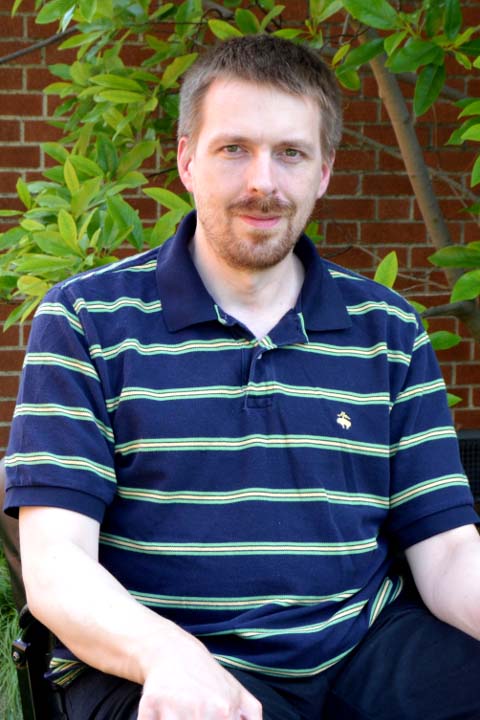
The anticipation builds as the countdown to the Nobel Prize Committee’s announcement for the 2020 Nobel Prize in Chemistry recipients draws near. “This is the ‘Oscars’ of science,” said Paul Bracher, Ph. D., assistant professor of chemistry at Saint Louis…
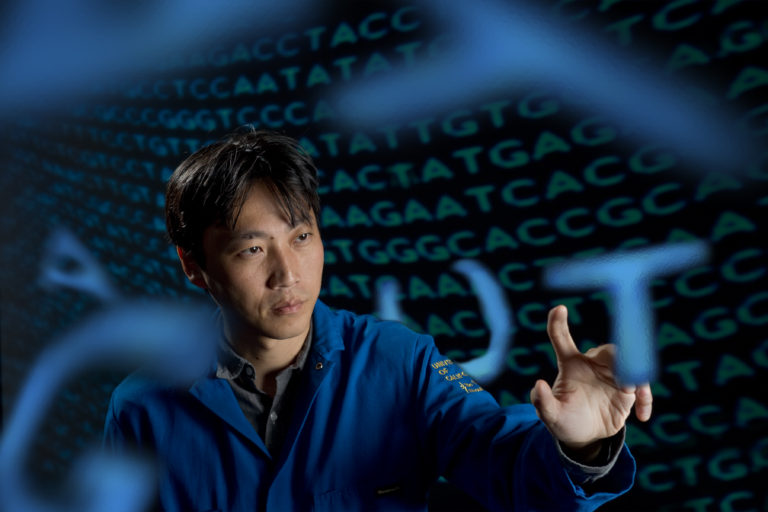
Irvine, Calif., Oct. 6, 2020 — University of California, Irvine biomedical engineer Chang Liu is the recipient of one of nine Director’s Transformative Research Awards this year from the National Institutes of Health under its High-Risk, High-Reward Research Program, the agency announced today. Liu’s five-year, $8.4 million grant will support a project to develop a system for making antibody generation a routine and widely accessible process.
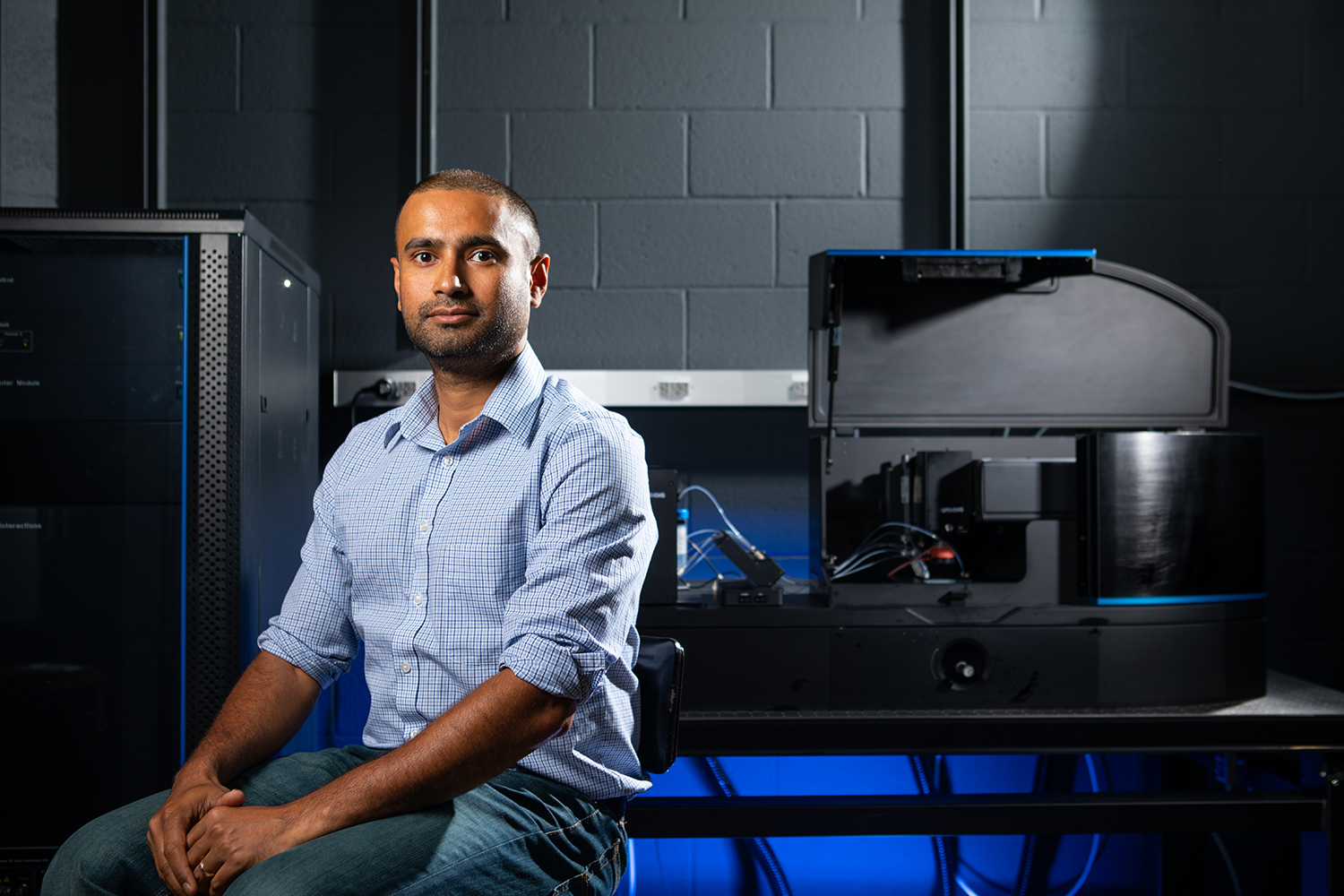
Inside human cells, proteins and RNA can cluster together to form spherical droplets that play vital roles in cellular processes as well as in certain human diseases. A $2 million grant will allow biophysicist Priya Banerjee’s team at UB to explore the molecular details of protein-RNA condensates.

“Now, more than ever, with so many kids being at home, they need fun, hands-on scientific activities,” says Jason Benedict, contest founder, dad, and an associate professor of chemistry in the UB College of Arts and Sciences.
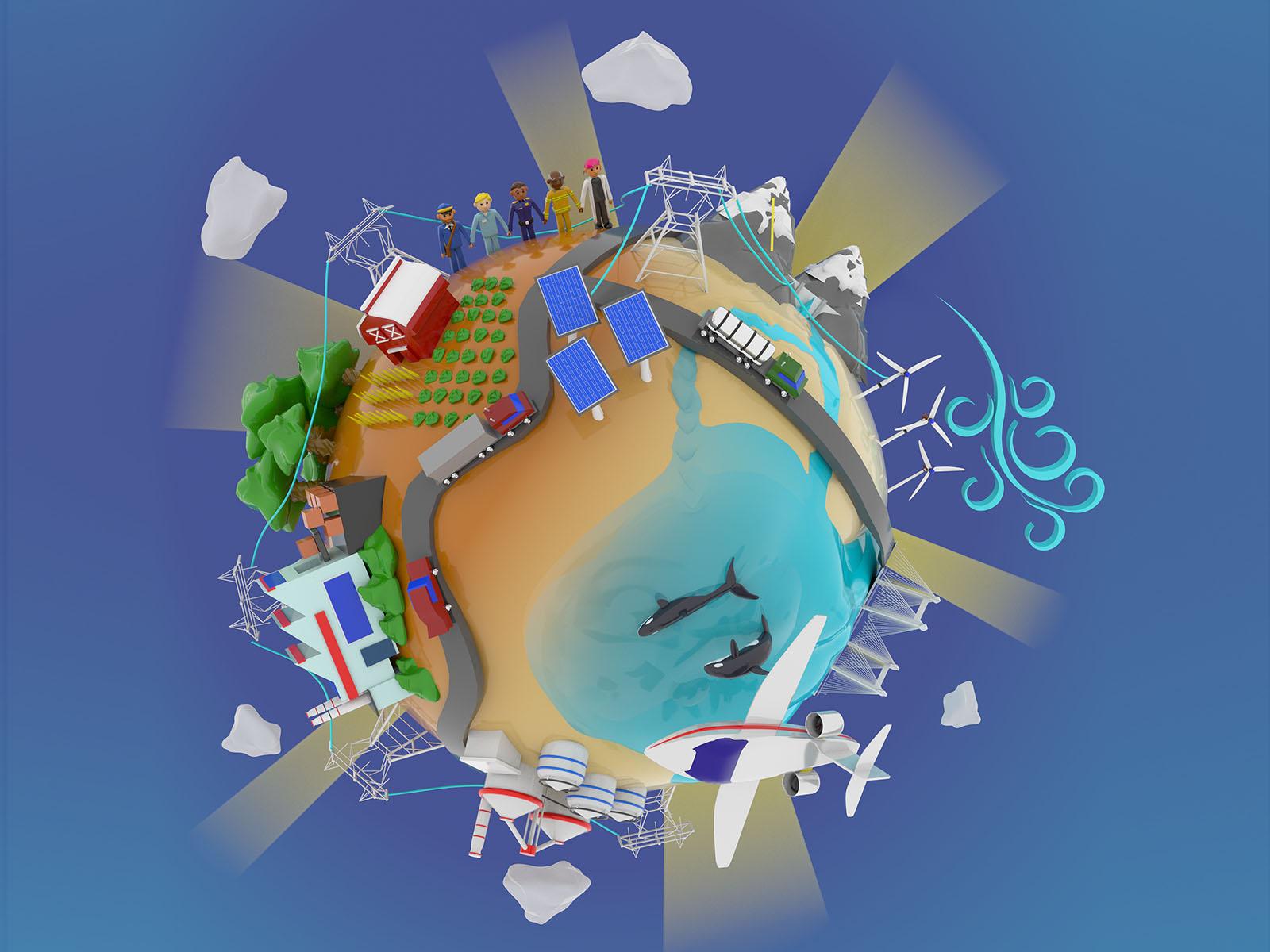
PNNL researchers outline how to convert stranded biomass to sustainable fuel using electrochemical reduction reactions in mini-refineries powered by renewable energy.
Researchers have demonstrated a way to use low-energy, visible light to produce polymer gel objects from pure monomer solutions. The work sheds further light on the ways in which low energy photons can combine to produce high energy excited states.

The current state-of-the-art process for converting biomass-derived ethanol into aviation fuels is a costly endeavor, both in terms of energy use and capital cost. Zhenglong Li, an ORNL scientist, simplified the process by developing a catalyst that can convert ethanol into mixed olefins.
An international team of researchers has discovered the presence of the chemical compound phosphine in the atmosphere of Venus — a discovery that could indicate some form of life on the hot planet. They describe their findings in the journal…
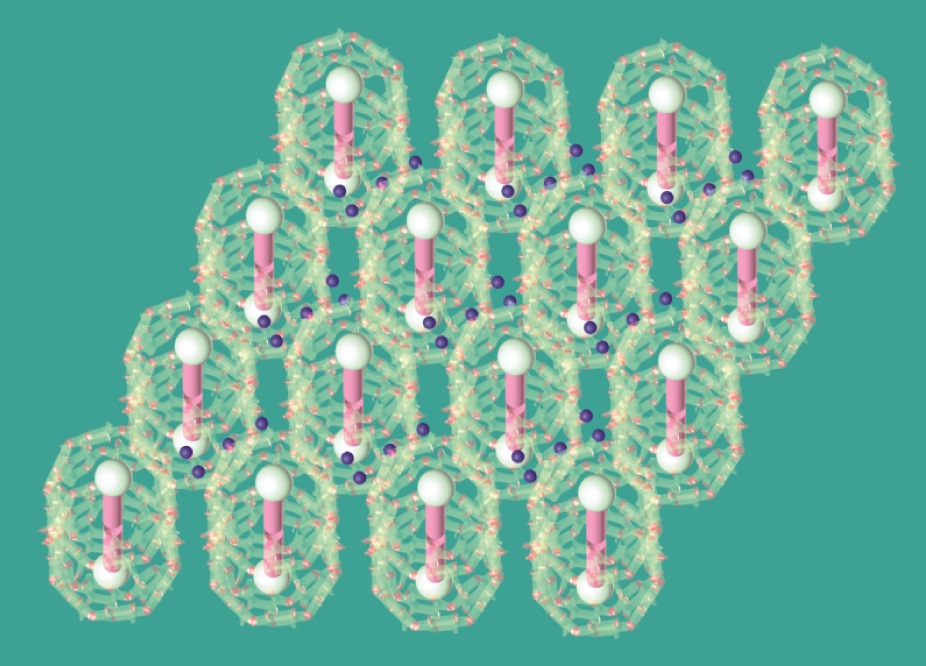
Researchers develop the new “transient vibrational sum-frequency generation microscope,” giving them a thorough view of molecular systems—not just single traits of molecules.
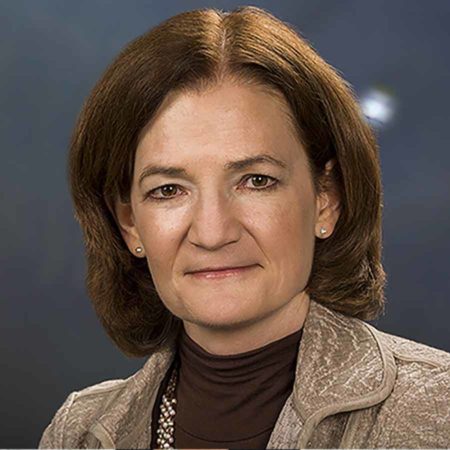
Carol Burns, executive officer for the Deputy Director for Science, Technology & Engineering at Los Alamos National Laboratory, was selected as the recipient of the 2021 American Chemical Society’s (ACS) Francis P. Garvan‒John M. Olin Medal.
Nominations open at https://www.dreyfus.org/
The PNNL-led IDREAM Energy Frontier Research Center is exploring complex chemical phenomena to enable innovations in radioactive waste processing.

The Camille and Henry Dreyfus Foundation has selected Environmental Chemistry as the topic of the 2021 Dreyfus Prize in the Chemical Sciences. The deadline for nominations is December 3, 2020.
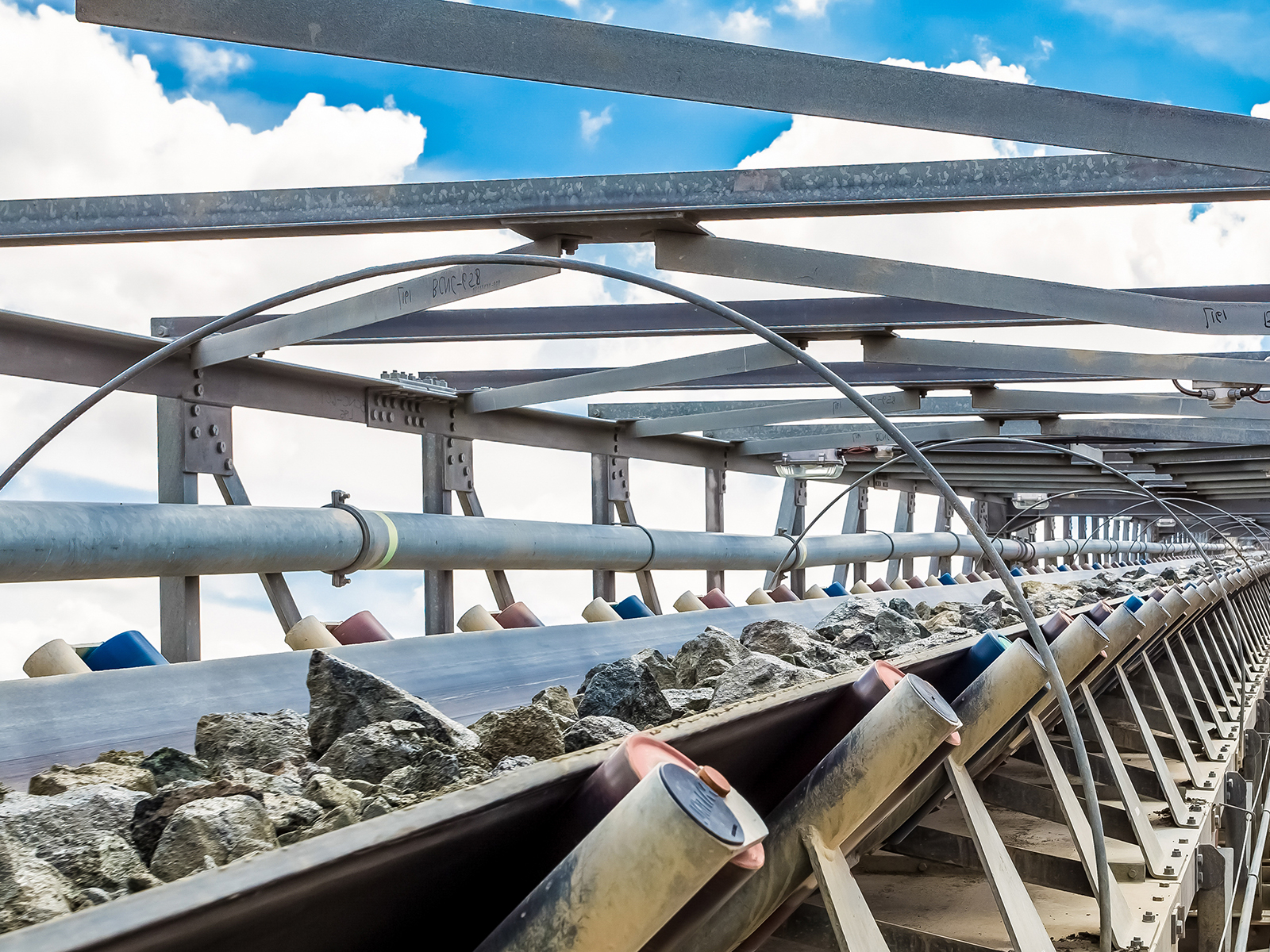
From oil refining to automobile pollution-control devices to the bulk of pharmaceuticals, platinum-group metals are the go-to choice for facilitating chemical reactions. It’s been that way for decades. But a new review article in the August 14 issue of the journal Science, led by first author Morris Bullock of Pacific Northwest National Laboratory, provides a road map toward greater use of Earth-abundant metals, which would reduce cost and environmental impact.
For the first time, a team of chemists has unveiled the mechanics involved in the mysterious interplay between sunlight and molecules in the atmosphere known as “roaming reactions.” The research could lead to more accurate modeling of climate change and other atmospheric phenomena.
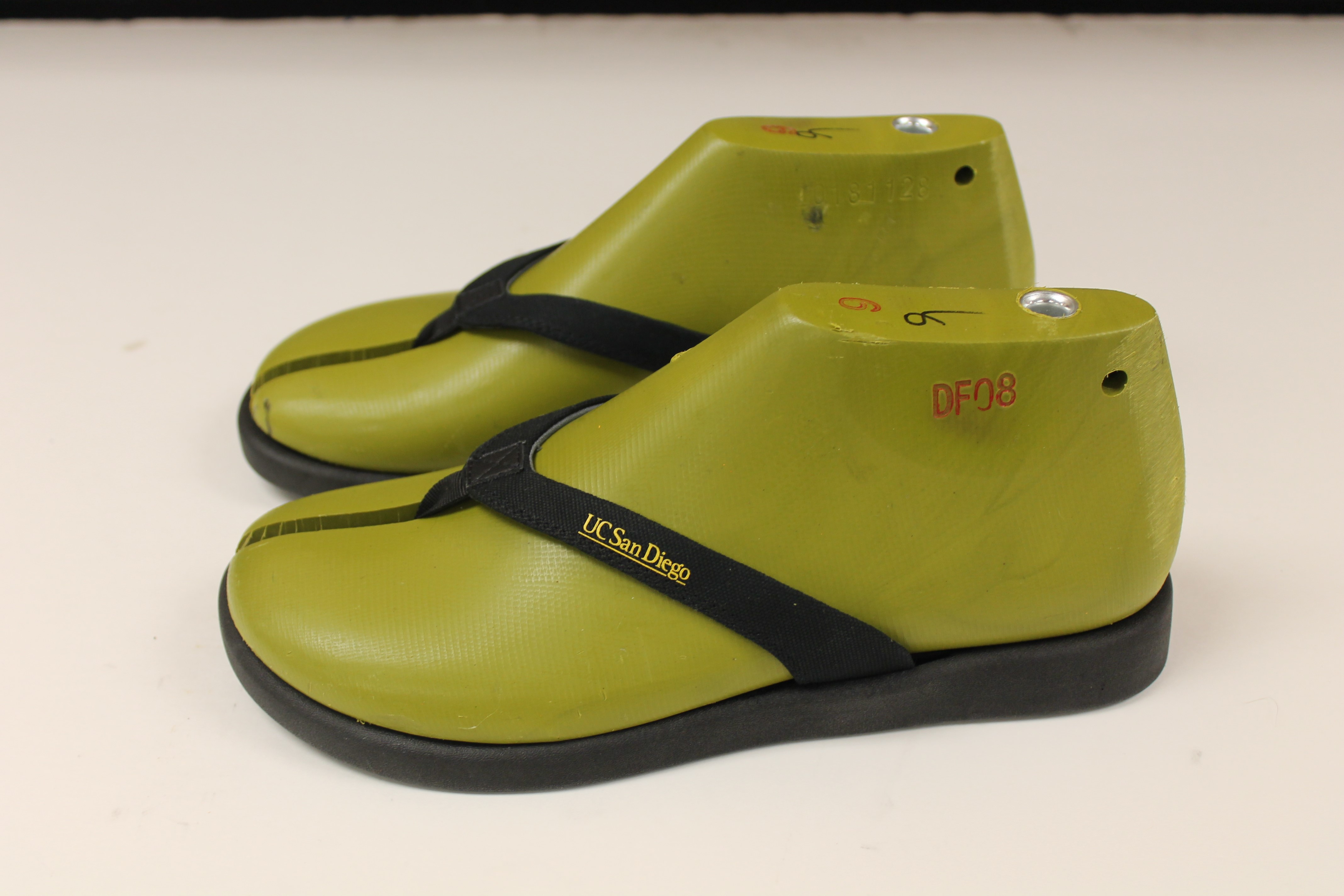
UC San Diego researchers formulated polyurethane foams, made from algae oil, to meet commercial specifications for midsole shoes and the foot-bed of flip-flops. Their latest result, in a series of recent research publications, offers a complete solution to the plastics problem—at least for polyurethanes.
Researchers at the University of Wisconsin–Madison have developed a method combining sticky nanoparticles with high-precision protein measurement to capture and analyze a common marker of heart disease to reveal details that were previously inaccessible.
Irvine, Calif., Aug. 5, 2020 – When the coronavirus pandemic hit, almost everyone at the University of California, Irvine – and colleges across the nation – had to abandon campus. But James Nowick, professor of chemistry, was not a part of that exodus. That’s because his lab, which designs and constructs chemical molecules, had the right equipment to help in the global push to find treatments for COVID-19.
Real-time measurements captured by researchers at the Department of Energy’s Oak Ridge National Laboratory provide missing insight into chemical separations to recover cobalt, a critical raw material used to make batteries and magnets for modern technologies.
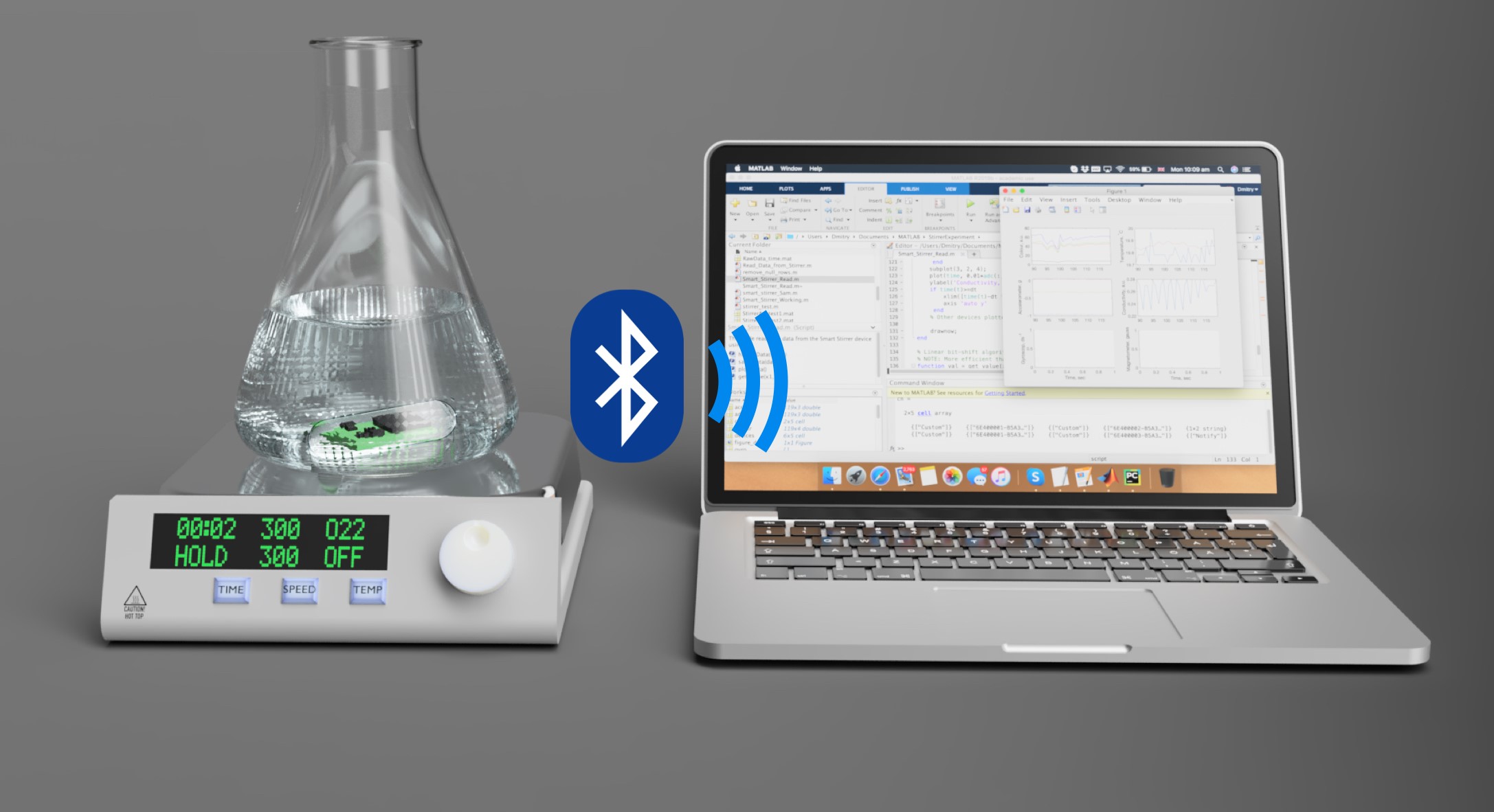
A current problem for a wide range of chemists is when stirring a solution in the laboratory there is a need to check the properties of the solution and monitor how they change.
A PNNL-developed technology that can quickly detect explosive vapors, deadly chemicals and illicit drugs with unparalleled accuracy has been named the 2020 Innovation of the Year by GeekWire, the Seattle-based technology news company.
A collaboration between researchers from Cornell University, Northwestern University and University of Virgina combined complementary imaging techniques to explore the atomic structure of human enamel, exposing tiny chemical flaws in the fundamental building blocks of our teeth. The findings could help scientists prevent or possibly reverse tooth decay.
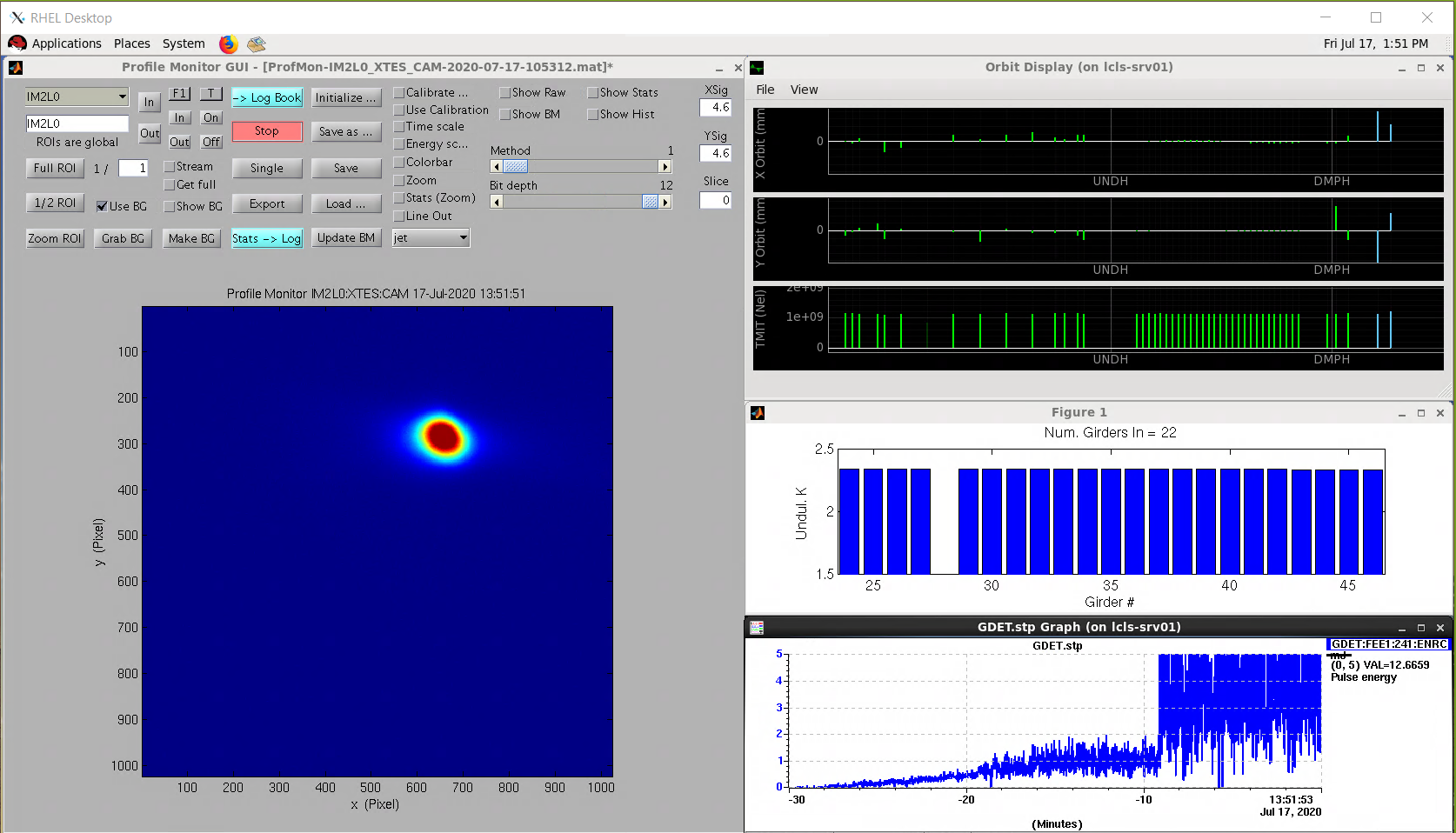
The LCLS-II upgrade project will increase the X-ray laser’s power by thousands of times, producing a million pulses per second compared to 120 per second today. Now, the first phase of the upgrade has come into operation, producing an X-ray beam for the first time using newly installed undulators. The full upgrade is due to be completed within the next two years.
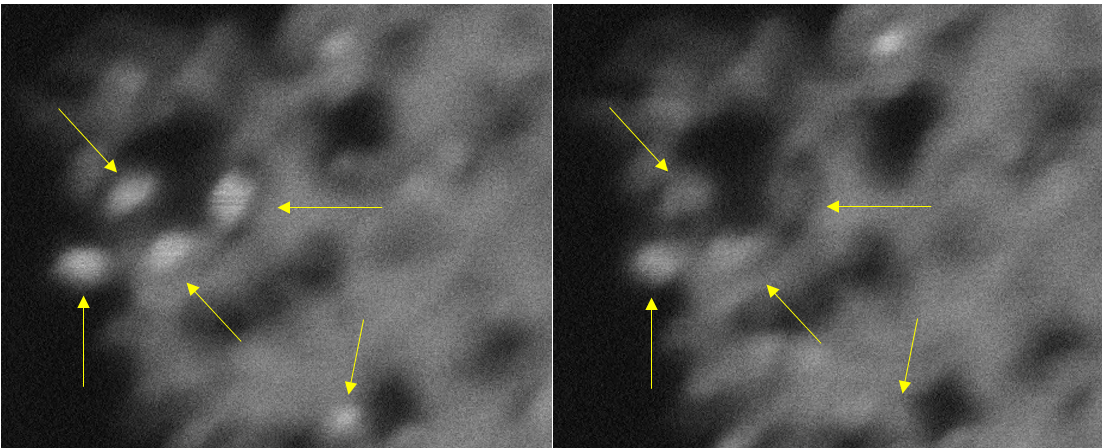
Imagine tiny crystals that “blink” like fireflies and can convert carbon dioxide, a key cause of climate change, into fuels. A Rutgers-led team has created ultra-small titanium dioxide crystals that exhibit unusual “blinking” behavior and may help to produce methane and other fuels, according to a study in the journal Angewandte Chemie. The crystals, also known as nanoparticles, stay charged for a long time and could benefit efforts to develop quantum computers.